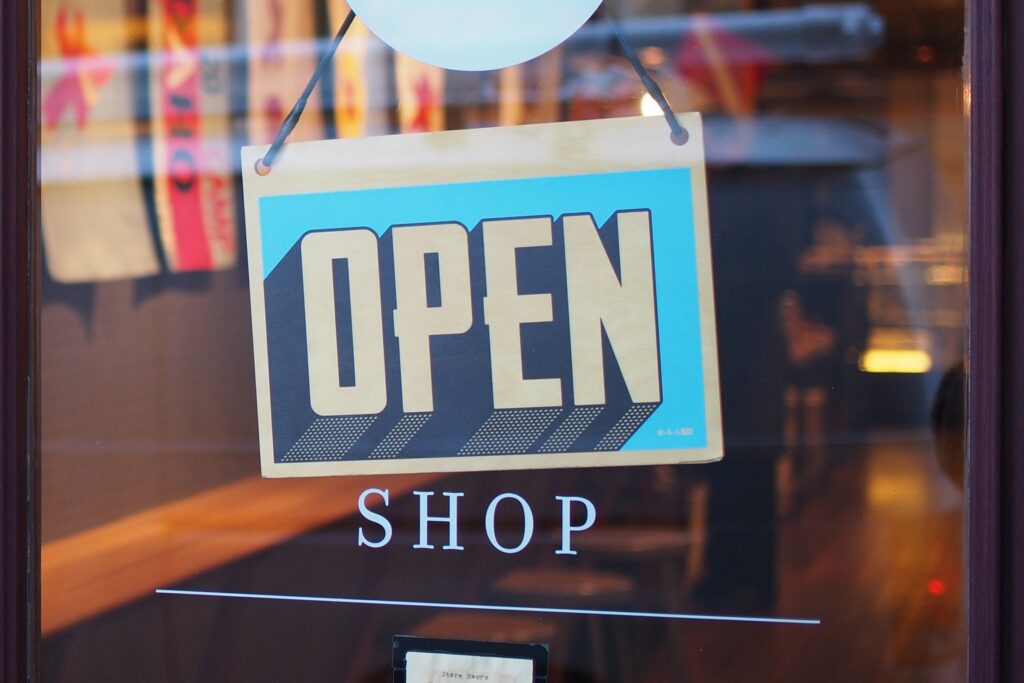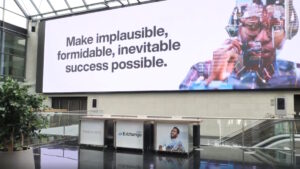We’re tired of the incessant focus on the role of the internet in the death of the high street stories that are constantly rolled out. So we’re taking a look at the other side of the story, the role digital technologies can and are playing in the rejuvenation of the high street experience. We’re talking to experts across the industry to understand and celebrate the role digital is playing in not killing but saving our high streets.
Dr Sam Miller, Cognifide, WPP’s technology consultancy
The way customers interact with the high-street has changed and, to remain relevant it needs to reinvent its role in the customer journey to purchase; deliver on impactful experiences and respond to changing consumer expectations.
Two broad themes for technology to save the high-street are the application of advanced analytics and the use of technology to improve customer experiences, that ultimately lead to physical stores remaining a valuable retail proposition, both to customer and retailers.
Customers are increasingly mobile-led, which can solve a lot of pain points around the store experience. You can find the product you want, check stock at your preferred store, and speed up the checkout process – all without the help of in-store staff.
This is a double win for retailers as it provides a digital trail that helps build up a clearer picture of how customers interact and how they can be better served, often with more tailored and engaging experiences.
The use of AR and VR is growing, and this can add in-store utility and be a driver for a visit; Think, for instance, of a smart mirror that can show a garment in other colourways, recommend similar alternatives and order your selection to be delivered to a location of your choice at a swipe.
Applications of advanced analytics can also maximise local market opportunities. For instance, knowing what customers are looking for locally means that you can optimise stock in store. Analytics can even help store managers to understand how customers move around the store, identifying the best placement for best-sellers on the most well-trodden paths.
Finally, dynamic pricing is another area where analytics can add value and serve customers well, whilst growing retailers’ revenues.”
Spencer Conway, Head of Digital & Immersive at The Moment, part of The Creative Engagement Group
In the future, successful stores will be the ones that seamlessly combine retail and experiential destinations, placing value on experience per square foot rather than sales per square foot.
If stores focus less on directly pushing product and more on being unique, unexpected and inspirational places, customers will connect with brands on a much more emotional and tactile level, resulting in stronger long-term connections.
Space Ninety 8, an off-shoot of Urban Outfitters, is an excellent example of this. It’s a shared retail space that spans 5 floors, hosting retailers, galleries and even a rooftop restaurant and bar. Space Ninety 8 provides a vast variety of experiences that are designed to make it a community destination first, with retail well down the agenda.
Probably the most critical and obtainable area of focus for retail in the future has to be cantered around the intelligent and strategic use of data. By combining data from across different owned domains, web, social and app, brands will open up the opportunity to take personalisation to another level, moving ever closer towards creating authentic one to one experiences — ‘the brand of you’, if you like.
With the right data strategy, brands will be able to combine the convenience of online shopping with physical stores, meaning customers can move seamlessly between the two in a carefully curated shopping experience. Right now, the gap between physical and digital is way too large.
Nike is one company that is experimenting with data in just such a way, designing contextualised strategies for its customers to create ‘smart stores.’ By harnessing local community data and using it to power part of its Flagship New York store, Nike is beginning to blur the lines between the convenience of online shopping and more traditional bricks and mortar retail experiences.
Stock levels and product types within its ‘Speed Store’ depends on which items are selling best online in the local area. Further enhancing that, they’ve designed a frictionless service for customers who have the Nike app.
As these customers browse around the store, they receive on-the-go access to in-store products and offers. Customers can reserve an item which will be held for them in lockers, scan barcodes on in-store displays and request items in their size, ultimately paying and leaving without having to queue.
Frictionless is the future.












